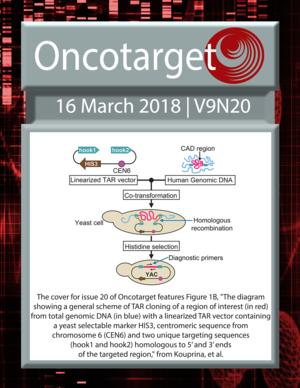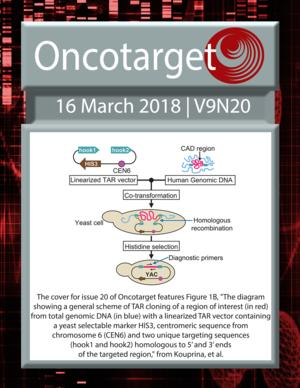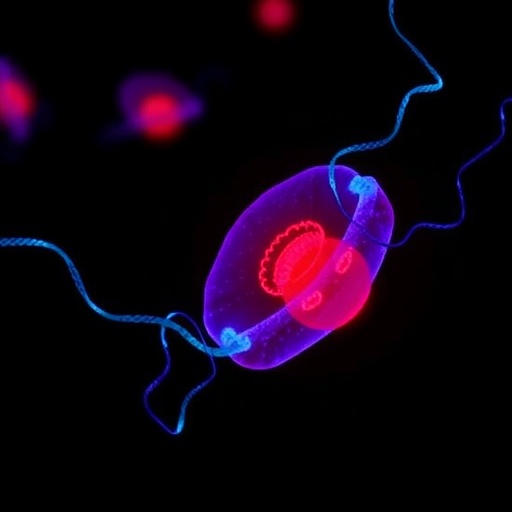
Credit: Natalay Kouprina, email: [email protected]
Before a conclusive link between the SDs and the cardiovascular diseases can be made, further analysis is required on the CAD interval in more patients with coronary artery disease and in the human population, using the TAR cloning technique in combination with qPCR or Droplet digital PCR developed in this work.
The research team said that "in the past years, an emerging group of human genetic diseases have been described that result from DNA rearrangements rather than from single nucleotide changes. In humans, copy-number variations of such repeats have been implicated in common traits such as neuropathy, hypertension, color blindness, infertility, and behavioral traits, including autism and schizophrenia, as well as disease susceptibility to HIV, lupus nephritis, psoriasis and Parkinsons disease."
In this work, they focused on the analysis of structural variations within the CAD interval sequence using different approaches, including re-isolation of this region by the transformation-associated recombination cloning technique.
Here, they used TAR cloning for isolation of the CAD region from a somatic peripheral blood mononuclear cells line derived from a coronary artery disease patient with unique mutations within the CAD interval.
Based on the sequence analysis of TAR isolates, the CAD region in this cell line contains four 50 kb units that are organized as tandem repeats. Secondly, the CAD region does not contain any open reading frames that are easily identified by Next-Generation Sequencing. Thirdly, there is a relatively high density of SINE and LINE repeats within the region.
This makes it a problem to assemble the duplicated sequences using the multitude short reads obtained from Next-Generation Genome Sequencing.
The identification of SDs within the SPANX-B locus at Xq27 is a good example of such problems.
It is worth noting that the presence of SDs within the SPANX-B locus at Xq27 was determined only by direct TAR cloning of the SPANX-B region from human genomes.
The duplication was only detected within the data when they specifically called for a comparison between the number of sequence reads in the duplicated area versus the BAC backbone. Thus, the number of duplications may affect the level of ANRIL expression or splicing of this non-coding RNA located within the duplicated region that may determine predisposition to CAD.
The research team applied Transformation-Associated Recombination cloning, a versatile technique for large DNA manipulation, to selectively isolate the coronary artery disease interval sequence within the 9p21.3 chromosome locus from a patient with coronary artery disease and normal individuals.
Sequence analysis revealed that the repeats varied by 10-15 SNPs between each other and by 82 SNPs between the human genome sequence. The junction sequences contained an Alu element, a sequence previously shown to play a role in duplication.
###
Full text – http://www.oncotarget.com/index.php?journal=oncotarget&page=article&op=view&path%5B%5D=24567&path%5B%5D=77078
Correspondence to – Natalay Kouprina, email:b [email protected]
About Oncotarget
Oncotarget is a twice-weekly, peer-reviewed, open access biomedical journal covering research on all aspects of oncology and publishing sub-sections on topics beyond oncology, including Aging, Immunology and Microbiology, Autophagy, Pathology and Chromosomes among others. Oncotarget is published by Rapamycin Press, the publishing division of Impact Journals LLC.
To learn more about Oncotarget, please visit http://www.oncotarget.com.
To learn more about Rapamycin Press, the publishing division of Impact Journals LLC, please visit http://www.impactjournals.com
Media Contact
RYAN JAMES JESSUP
[email protected]
202-638-9720
Original Source
http://www.oncotarget.com/news/pr/analysis-of-the-9p213-sequence-associated-with-coronary-artery-disease-reveals-a-tendency-for-duplication-in-a-cad-patient





